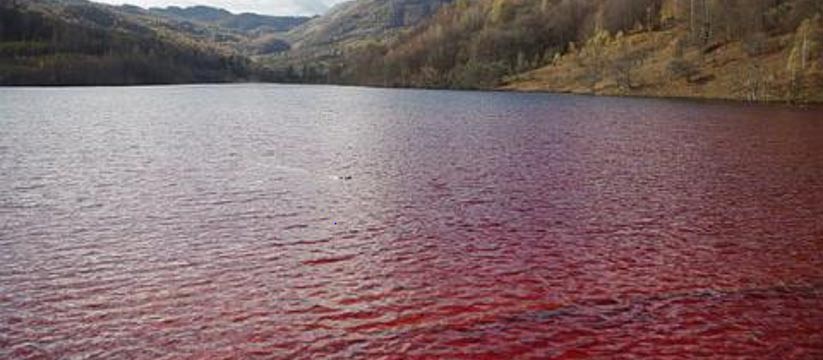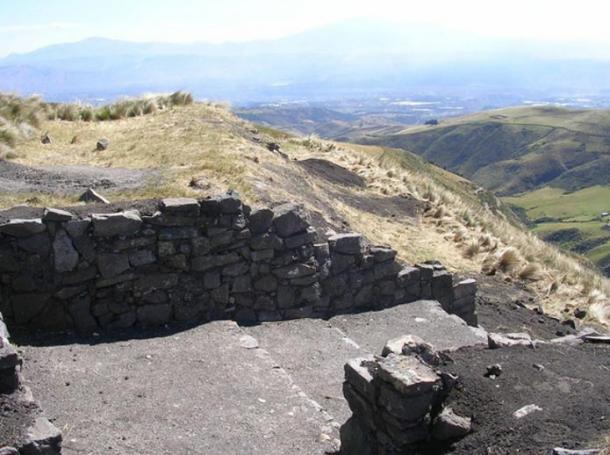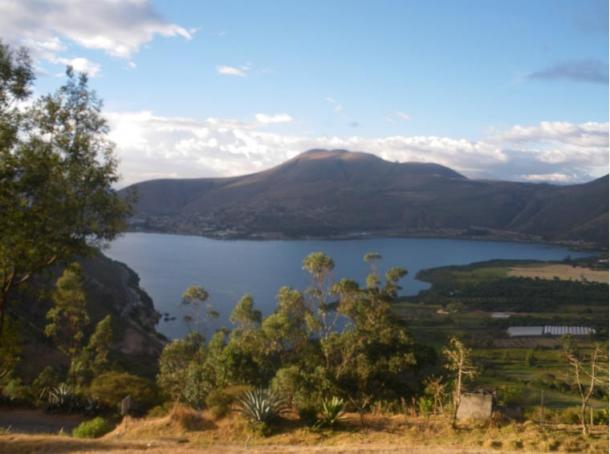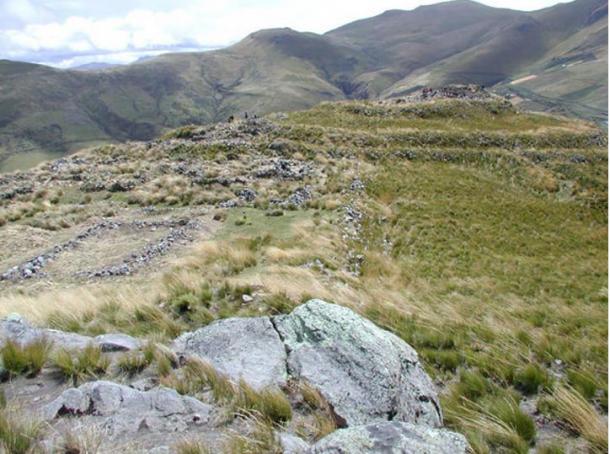Author: Bryan Hill
Laguna Yahuarcocha, meaning blood lake in the Kichwa language, is a sacred lake of Ecuador. Looking across the still water in the picturesque region of Ibarra, it is hard to imagine that it was once the scene of a bloody massacre, a consequence of indigenous resistance against Inca domination.
Laguna Yahuarcocha, also spelt Yawarkucha, is located about 3 kilometers (1.86 miles) from the northern city of Ibarra. Sitting at a height of 2190 meters (7185ft) above sea level, it is one of the region’s main attractions today. It is estimated to be around 12,000 years old, and is a vestige of the post-glacier age. Historically, it is important because studies by some researchers claim this area holds wide, unexplored archaeological evidence.
The name Yahuarcocha (‘Yahuar’ – blood, ‘Cocha’ – lake) has its origins in Kichwa, which is part of the Quechuan language spoken primarily in the Andes region of South America.
This so named ‘blood lake’ was the scene of an ancient battle between the Incas, with Huayna-Capac (11th leader of the Incas and last undisputed emperor to rule) as their leader against a united front of indigenous peoples known as the Caranqui-Cayambe-Pasto confederation. Prior to the Inca conquest in the late fifteenth century, the Kingdom of Quito (modern day Ecuador) was made up of several linguistic groups including Pasto, Otavalo-Caranqui and Cayambe.
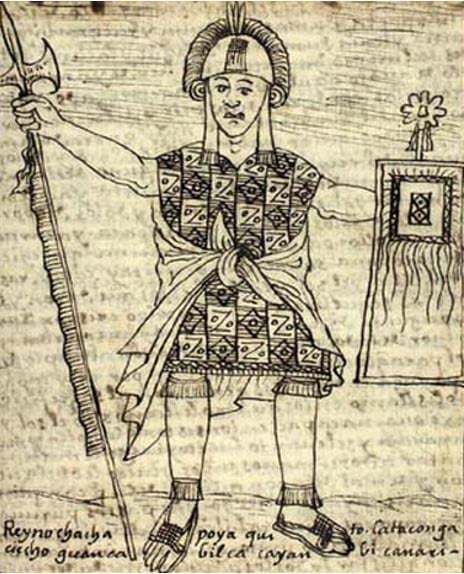
Inca fortresses, built around the time of the battle, have recently been discovered near an extinct volcano called Pambamarca. Its discovery provided archaeologists with evidence of the war fought by the Inca shortly before the Spanish conquistadors arrived. Twenty fortresses have been identified as having been built by the Inca and two forts were built by the Cayambe. Evidence suggests that there was a pre-Columbian frontier, or borderline, which experts think existed between the Inca fortresses and the fortresses of the indigenous Cayambe people.
The discovery provided archaeological evidence to support the legend of Lake Yahuarcocha, which Spanish chroniclers told when they penetrated into South America during the 16th and 17th centuries. According to these stories, Inca ruler Huayna Capac sought to conquer the Cayambe using a “very powerful army.” He was hoping for a quick victory but ended up getting entangled in a long struggle.
- The Inca-Caranqui Water Temple of Ecuador: A display of wealth and skillful hydraulic engineering
- Secrets of Vilcabamba, Playground of the Inca and Valley of Longevity
- Archaeologists uncover 4,200-year-old building in Ecuador
The Battle of Yahuarcocha
The bloody Battle of Yahuarcocha took place over in 1487. The Cayambe had realized that their forces were not sufficient to face the Inca on an open battlefield, and according to the Spanish missionary Bernabe Cobo (in his 17th century book History of the Inca Empire), they withdrew to make strongholds in a very large fortress. Huayna Capac ordered his men to lay siege on the fortress and to bombard it continuously. The Cayambe put up a fierce resistance and forced the Inca to retreat due to high number of fatalities. Huayna Capac gathered a huge army to definitively subdue definitely the ‘rebels’. The Inca eventually succeeded in driving the Cayambe out of their strongholds and onto the shores of the lake.
A massacre at Lake Yahuarcocha
When Huayna-Capac finally conquered the tribes, historical documents record that he massacred all of the Caranqui males who were 12 years or older and had their bodies dumped into Yahuarcocha, which turned red with blood. Cobo writes that “the Inca ordered his men to cut the enemies’ throats without pity as they caught them and to throw the bodies into the lake.”
Current archaeological studies in the area have found ceramic fragments and parts of bones belonging to teenagers and adults. These bones show overwhelming impacts that suggest body to body fights, however, the total number of deaths here remains largely undetermined. Estimates range anywhere between 20,000 to 50,000 indigenous people having been murdered by the Incas.
Unearthing evidence of the great battle
The newly discovered Inca fortresses (near Pambamarca) contained stone platforms called ushnus, and are located on ridges about 3,000 meters (10,000) feet above the ground. The soldiers who lived in them were prepared for battle with well over 100 structures having been found at the site of Quitoloma. The structures were filled with Inca weaponry and quite a few sling stones were retrieved from the houses, suggesting they had been lying in wait for the enemy to attack, or were about to storm down the hill.
The two Cayambe forts, by comparison, are made out of a tough volcanic material called cangahua. They are sizable fortresses with people likely having lived inside and outside their walls. One of the forts has evidence for a battle with two types of ammunition (sling stones and bola stones). Both fortifications housed pottery designed in indigenous Ecuadorian style rather than Inca styles, and Cayambe pottery continued to be used in the region, suggesting that their culture carried on, at least in some ways. It could be that the people decided after many years of resistance and warfare to lay down their arms or become allies with the Inca.
In the decades following the war, large numbers of Spanish would make their home in Ecuador and neighboring Peru. Smallpox would ravage the population and the Inca soon found themselves fighting an enemy equipped with superior firepower. Against these odds, they fell back, with their last stronghold at Vilcabamba, Ecuador, falling in 1572. The conquest was nothing short of a disaster for the Inca and the indigenous people already living there. When the Spanish took over, they built estates called haciendas and the descendants of the Cayambe were forced into labor. They reportedly worked under severe conditions and in windowless room – a humiliating end for a people who, just decades earlier, had fought a war to win their freedom.
Featured image: A red lake. Representational image only.
By Bryan Hill
